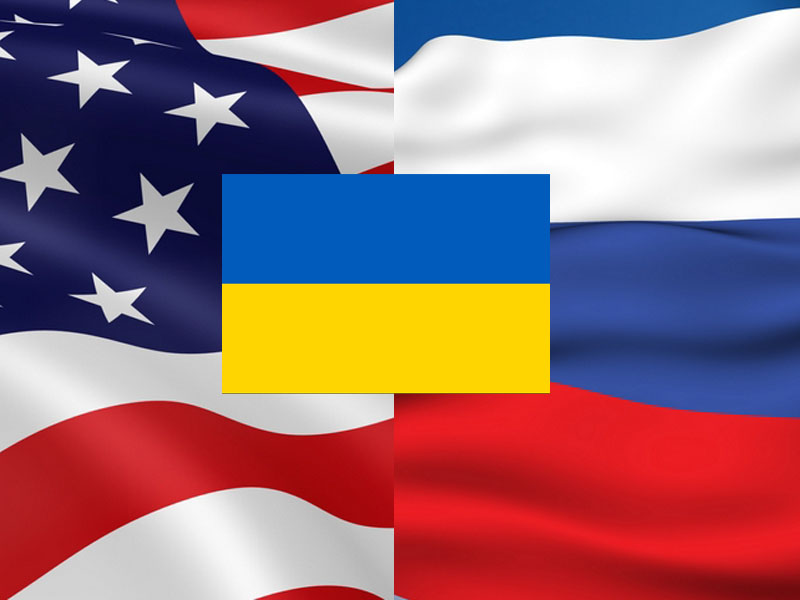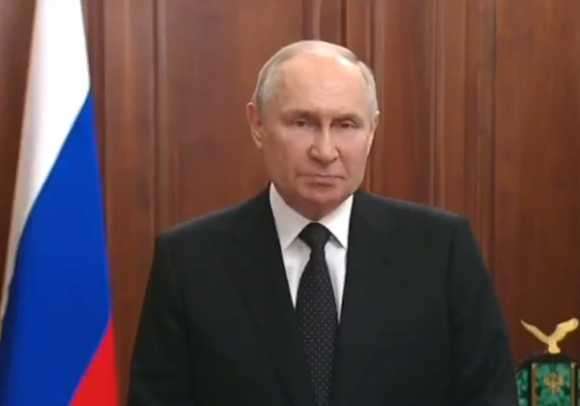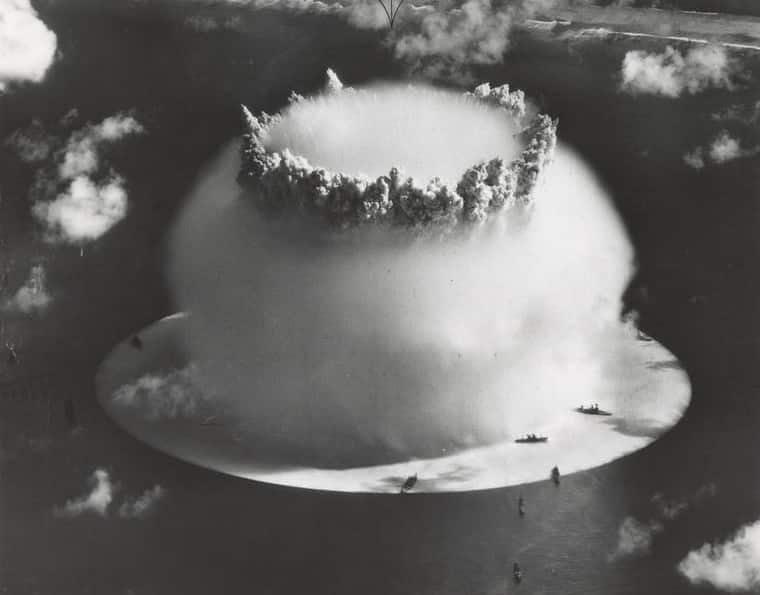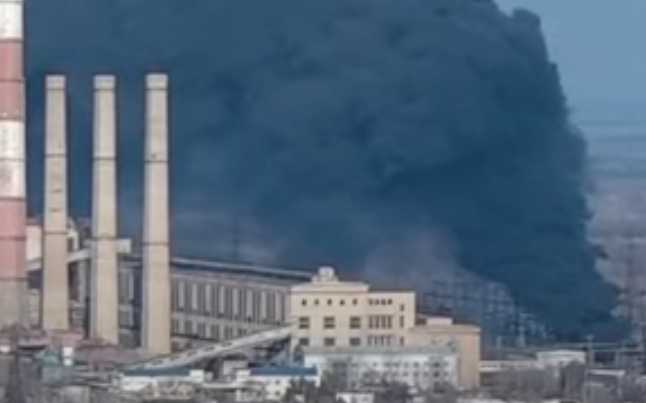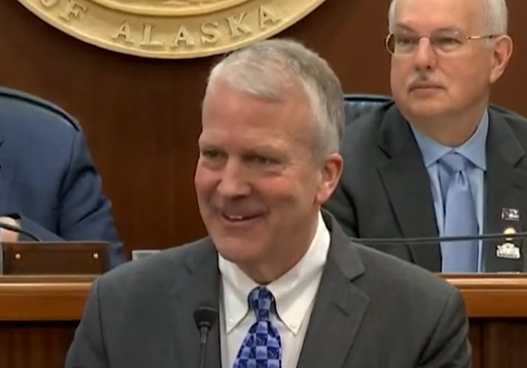“All nuclear exercises imply willingness to mass murder civilians, wipe out entire cities, and risk all-out nuclear war,” said ICAN. “They also risk accidents and escalation, and will legitimize Russia’s dangerous nuclear rhetoric.”
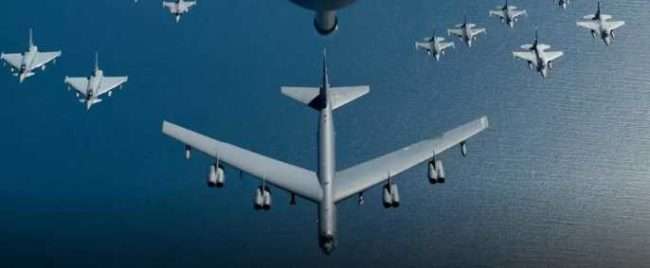
As NATO on Monday began its annual rehearsal for nuclear war in Europe and Russia prepared to conduct its own nuclear drill amid Cold War-like tensions inflamed by the invasion of Ukraine, peace advocates underscored the imperative for de-escalation in order to avert catastrophe.
“We are here though the graces of sheer luck. Sooner or later, our luck will run out.”
“All nuclear exercises imply willingness to mass murder civilians, wipe out entire cities, and risk all-out nuclear war,” the International Campaign to Abolish Nuclear Weapons (ICAN) warned ahead of the NATO drill. “They also risk accidents and escalation, and will legitimize Russia’s dangerous nuclear rhetoric.”
NATO said the exercise—operation name Steadfast Noon—involves up to 60 warplanes from 14 members of the alliance, and is being carried out from Kleine Brogel air base in northeastern Belgium.
The U.S. military stockpiles dozens of B61-12 tactical nuclear warheads at Kleine Brogel, each up to 30 times as powerful as the atomic bomb that the United States dropped on Hiroshima, Japan in 1945, killing over 100,000 people.
According to Belgium’s VRT News, Belgian F-16 pilots will train how to drop the bombs, while ground crews will practice transporting the weapons from underground bunkers and loading them on warplanes.
U.S. B-52 bombers based at Minot Air Force Base in North Dakota will also fly to Europe to participate in the drill, which will take place over Belgium, the North Sea, and the United Kingdom, according to NATO.
Russia has been informed of the exercise, which is scheduled to last until October 30.
While NATO spokesperson Oana Lungescu explained that Steadfast Noon “helps ensure that the alliance’s nuclear deterrent remains safe, secure and effective,” Ludo Debrabander of the Belgian peace group Vrede vzw told VRT News that “in a nuclear escalation military bases equipped with nuclear weapons like Kleine Brogel form the first potential targets. They don’t make us safer.”
At a time when the world is outraged by Russia’s unacceptable nuclear threats, NATO should not follow suit and practice using weapons of mass destruction. Another nuclear-related exercise was canceled in March, most likely to avoid the risk of escalation. https://t.co/CGug6vbf8H
— ICAN (@nuclearban) October 14, 2022
Earlier this month, U.S. President Joe Biden responded to repeated threats by Russian President Vladimir Putin to use nuclear weapons in Ukraine by warning that even the use of tactical nukes was likely to “end up with Armageddon.”
More recently, Biden called Putin “a rational actor who has miscalculated significantly” by launching a full-scale invasion of Ukraine.
NATO Secretary-General Jens Stoltenberg said during a press conference last week that “Russia knows that a nuclear war cannot be won and must never be fought.”
Russian forces are expected to carry out their own annual large-scale nuclear exercise—called Grom, or “Thunder”—along Russia’s northwestern coast in the coming days or weeks, its second of the year.
While drills like Steadfast Noon and Grom don’t involve live nuclear warheads, they do have the potential for catastrophic escalation.
In November 1983, an extremely tense period of the Cold War, Soviet military officials initially mistook NATO’s Able Archer 83 war game for a possible preemptive strike and prepared their own nuclear missiles for launch.
“It was a vicious circle,” wrote Francine Uenuma for Smithsonian Magazine. “The Soviets refused to believe the Americans were bluffing; the Americans, meanwhile, suspected the Soviets were bluffing about not thinking the Americans were bluffing.”
Hans M. Kristensen, a nuclear weapons expert with the Federation of American Scientists, warned that NATO and Russia holding nuclear exercises during what many observers call a proxy war between them is inherently perilous.
“It’s a textbook example of what happens in a tense crisis where both sides escalate to demonstrate that they are serious about deterring each other, but therefore can’t de-escalate because it would make them look weak,” he wrote.
ICAN tweeted Friday that “we’re closer to nuclear war than we have been since the Cuban Missile Crisis, and no one can afford further escalation. All governments must condemn all nuclear threats and cease military preparations which simulate the use of nuclear weapons.”
In a Common Dreams opinion piece marking the 60th anniversary of the Cuban Missile Crisis—during which the world came as close as it ever has to a major nuclear war—Robert Dodge of Physicians for Social Responsibility wrote that “nuclear weapons remain the greatest real and present danger to our future.”
“Every day that these weapons exist our future and that of all subsequent generations is threatened,” Dodge continued. “We are here this moment not due to the strength of our militaries, nuclear weapons, or the genius of our leaders. We are here though the graces of sheer luck. Sooner or later, our luck will run out.”
“It is time that Americans and citizens around the world take to the streets and voting booths demanding there be no nuclear response in Ukraine, a negotiated settlement now, and the abolition of all nuclear weapons,” he added.
Common Dream’s work is licensed under a Creative Commons Attribution-Share Alike 3.0 License. Feel free to republish and share widely.
[content id=”79272″]


